Overview of My Walk: Washington - Herrington Country Park - Penshaw Monument - Corgi Pond (Patterson Pond) - Victoria Viaduct
On 13th April 2025, I explored some of Washington’s most scenic and historically rich locations. My route included Princess Anne Park, Herrington Country Park, Penshaw Monument, Patterson Pond (commonly known as the Corgi Pond), and ended at the impressive Victoria Viaduct. The total walk offered a diverse mix of green space, industrial heritage, and architectural interest.
Washington New Town: Remembering the Districts, Seeing the Villages
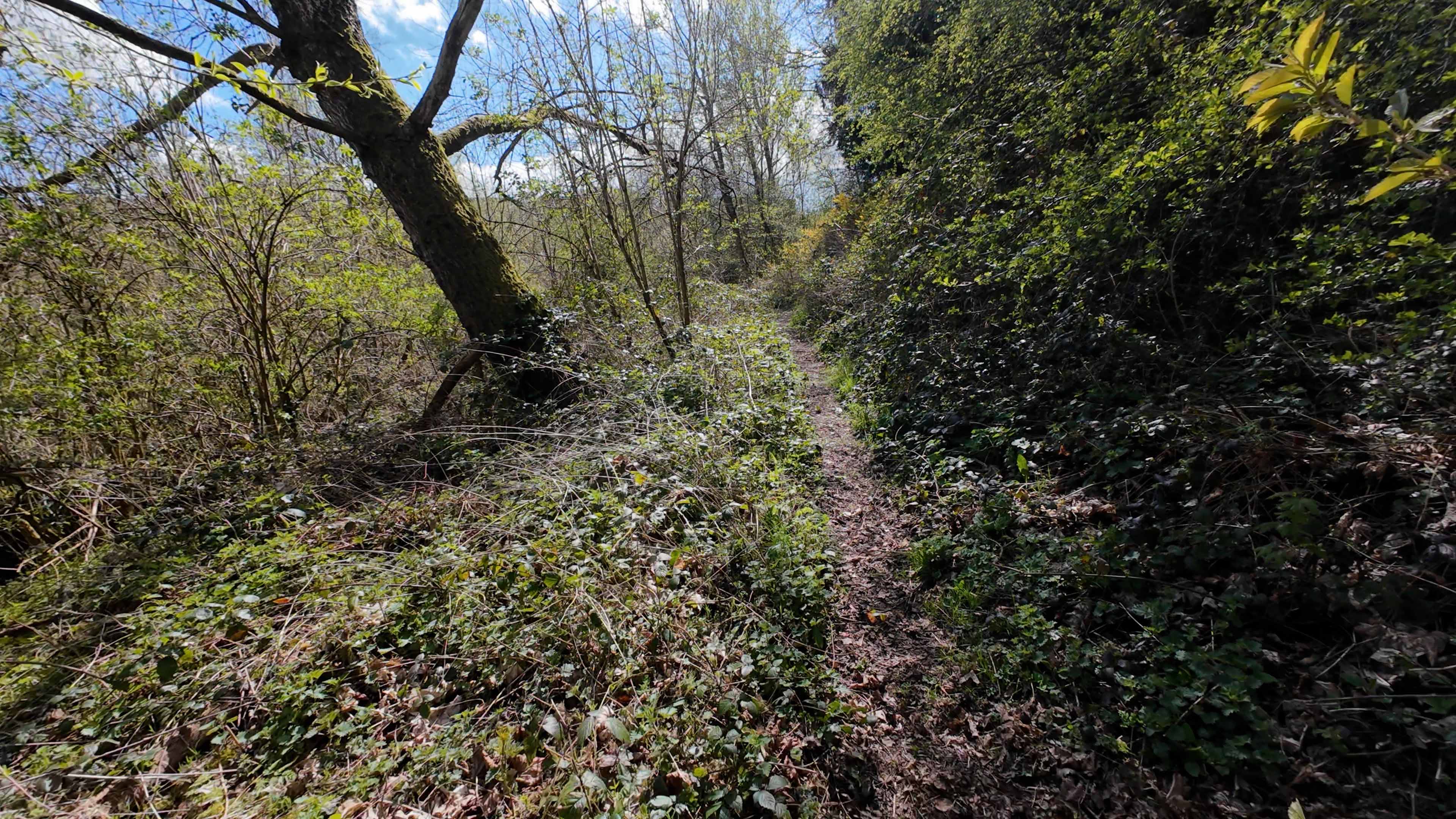
Washington, now part of the City of Sunderland in Tyne and Wear, was designated a New Town in 1964. The aim was to relieve housing congestion in urban centres like Newcastle, Sunderland, and Durham. Initially, the area was divided into numbered districts such as District 1, District 2, and so on.
Its creation dramatically reshaped the scattered mining villages I vaguely recall from childhood stories. I remember living here when the areas were still referred to by numbers—District this, District that. It felt very functional, very planned. The shift to naming the 'villages'—Concord, Sulgrave, Oxclose, Fatfield, and the rest—happened during my time here, an attempt to foster identities beyond the masterplan's geometry.
Herrington Colliery: From Pit Yard Memories to Park Vistas
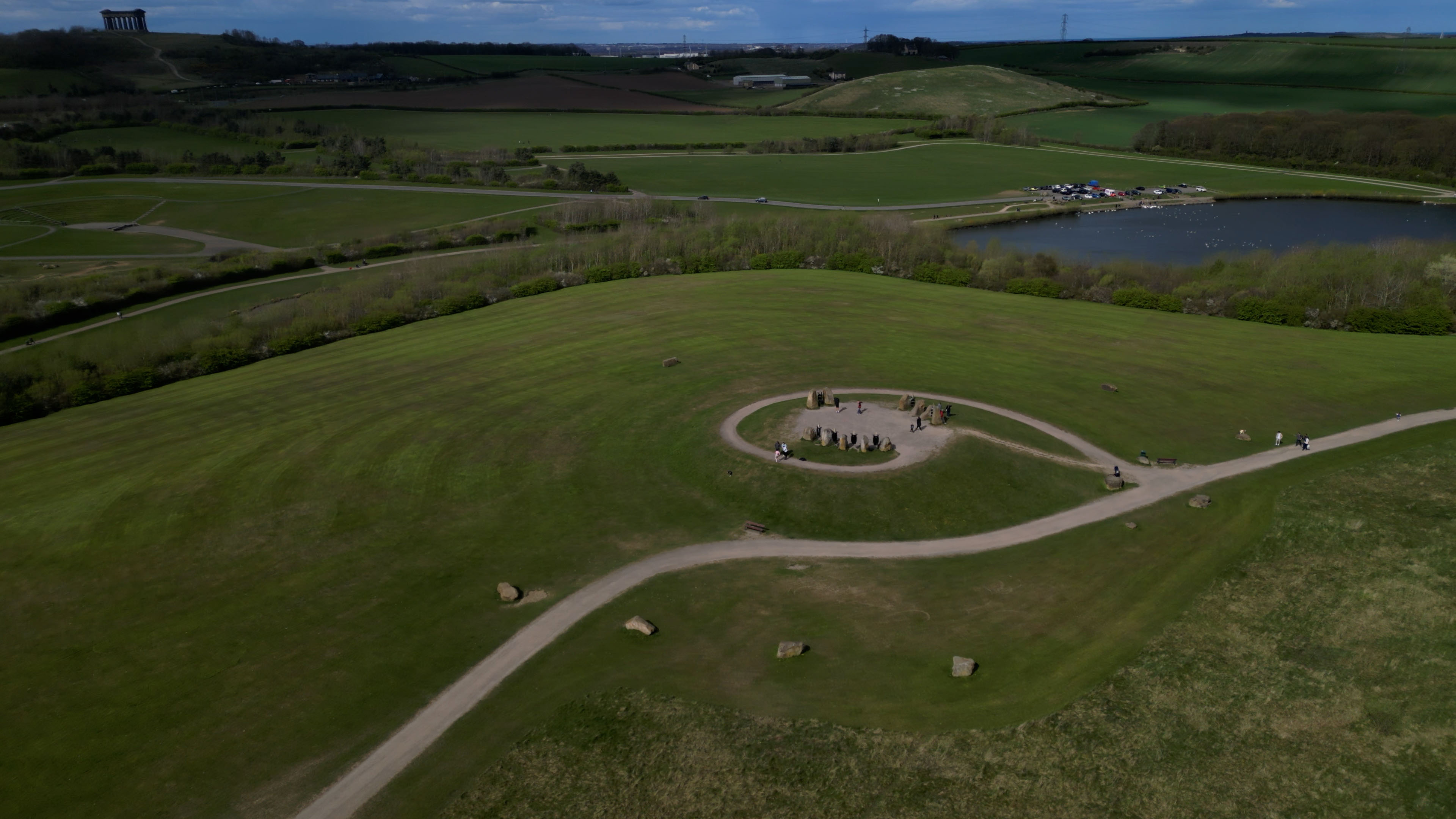
Herrington Country Park stands on the site of the former Herrington Colliery, which was operational from the early 19th century until its closure in 1985. The pit played a major role in the lives of thousands of miners and their families. After closure, the site was initially used for opencast mining before a full landscape restoration began.
In the late 1990s, work started to transform the land into a country park. By 2002, Herrington Country Park officially opened to the public. It has since become a hub for outdoor activities, dog walkers, and community events. The park features footpaths, sculpture trails, and views toward Penshaw Hill.
The park symbolises the transition from industrial reliance to green regeneration, and stands as a model for post-industrial landscape recovery in the UK.
Penshaw Monument and the Legacy of the Lambton Worm
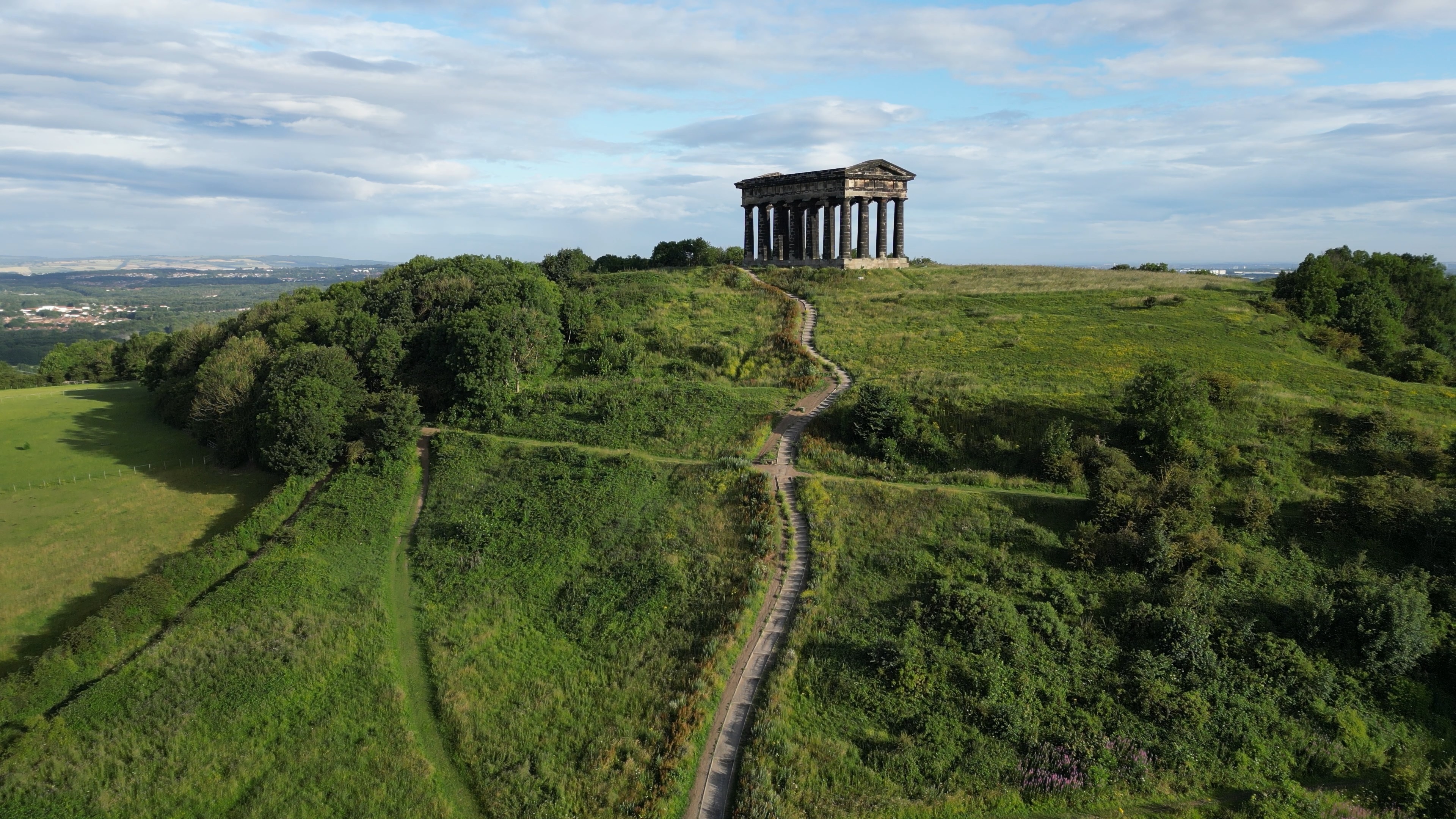
Penshaw Monument sits atop Penshaw Hill and is one of the most iconic landmarks in the North East. It was built in 1844 in memory of John George Lambton, the 1st Earl of Durham, who helped shape the Reform Act of 1832. The design follows the style of a Greek temple, inspired by the Hephaestion in Athens. The National Trust now manages the site.
Due to historical subsidence caused by underground mining, the monument was closed to the public for several years in the late 20th century. Structural repairs were eventually carried out to stabilise the foundations and ensure public safety. The viewing platform inside the monument is now occasionally opened through guided access.
And of course, there's the Lambton Worm. That legend was woven into the fabric of childhood here. We all knew the story of the heir, the monstrous worm coiled around the hill, and the knight in studded armour. Looking at the familiar slopes, it’s easy to let the imagination wander back to those old tales.
Patterson Pond, Commonly Known as the Corgi Pond
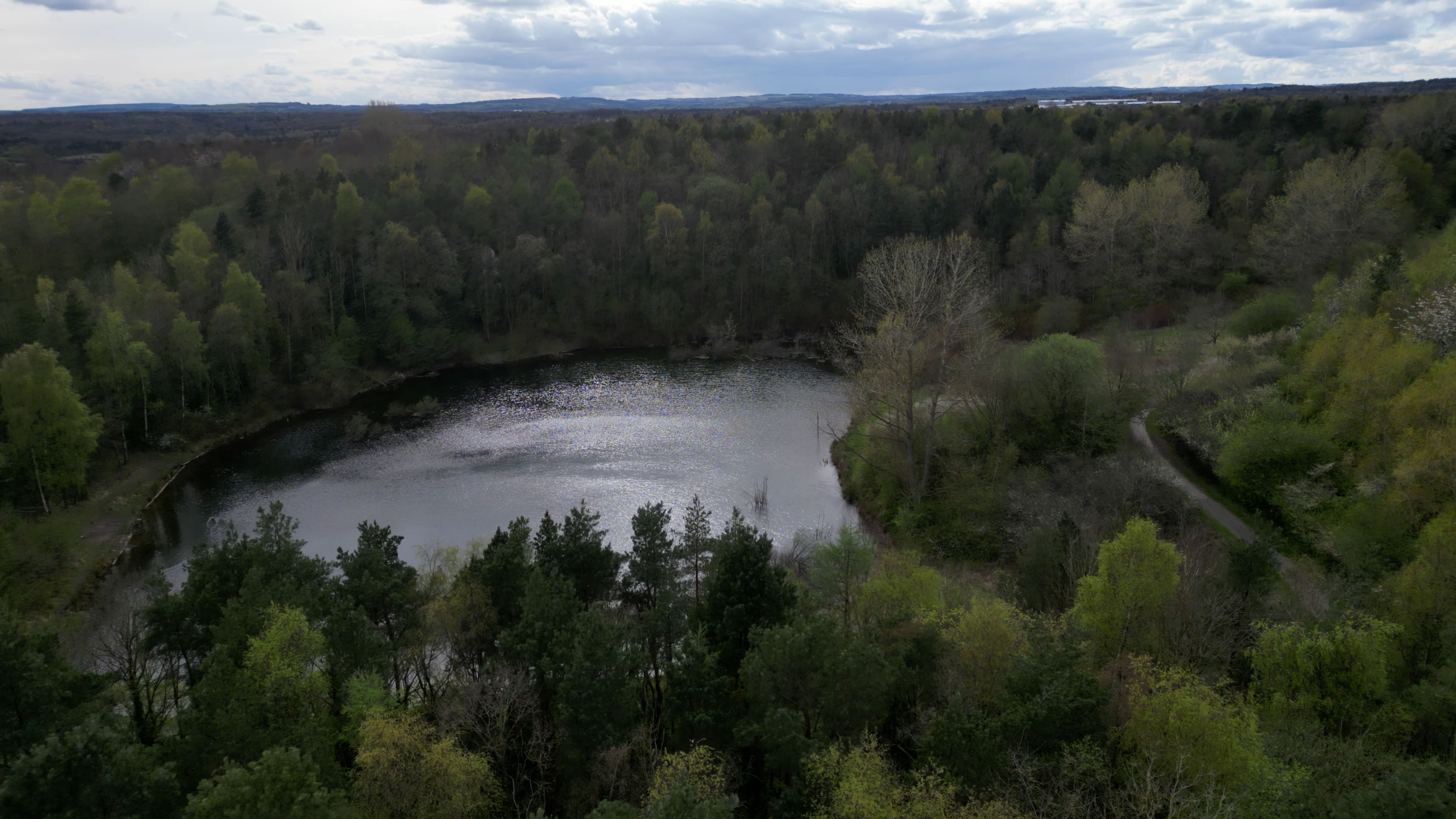
Locals often refer to Patterson Pond as the Corgi Pond, This nickname stems from its proximity to the former site of a large industrial complex. While often linked in local memory specifically to the famous Corgi Toys die-cast model brand (Mettoy/Corgi had factories in Swansea and Northampton, not Washington), the area was dominated by major chemical and manufacturing plants. The Washington Chemical Company was a significant presence for over a century, producing magnesium-based products and insulation materials. Later, the site was associated with Cape Asbestos and Newalls Insulation, companies involved in manufacturing products containing asbestos.
For many years, this industrial activity had severe environmental consequences for the surrounding area, including the pond. Pollution was a significant issue. Waste materials and chemical by-products from the factories contaminated the land and water. Patterson Pond became known as a polluted site, reflecting the heavy industrial footprint nearby. The presence of asbestos materials, in particular, posed long-term health risks and environmental challenges.
The closure of these industries left behind a legacy of contamination. Recognising the need for action, significant remediation efforts were undertaken in the late 20th and early 21st centuries. This involved extensive work to clean up the contaminated land and water. The process included the safe removal and containment of hazardous materials like asbestos, soil treatment, and measures to restore the ecological health of the pond and its surroundings. This was a complex and costly undertaking, aimed at making the area safe for public use and allowing nature to recover.
Today, walking near Patterson Pond, the scene is vastly different from its heavily polluted past. The area has been landscaped and integrated into the surrounding network of paths and green spaces. While the 'Corgi Pond' nickname persists as a reminder of its industrial neighbours, the pond itself now presents a much cleaner and more natural appearance. Wildlife has returned, and the water reflects the sky rather than industrial effluent. The transformation of Patterson Pond is another example, like Herrington Country Park, of how Washington has worked to address its industrial past and reclaim land for environmental and community benefit.
Victoria Viaduct: Engineering Grandeur on the Wear
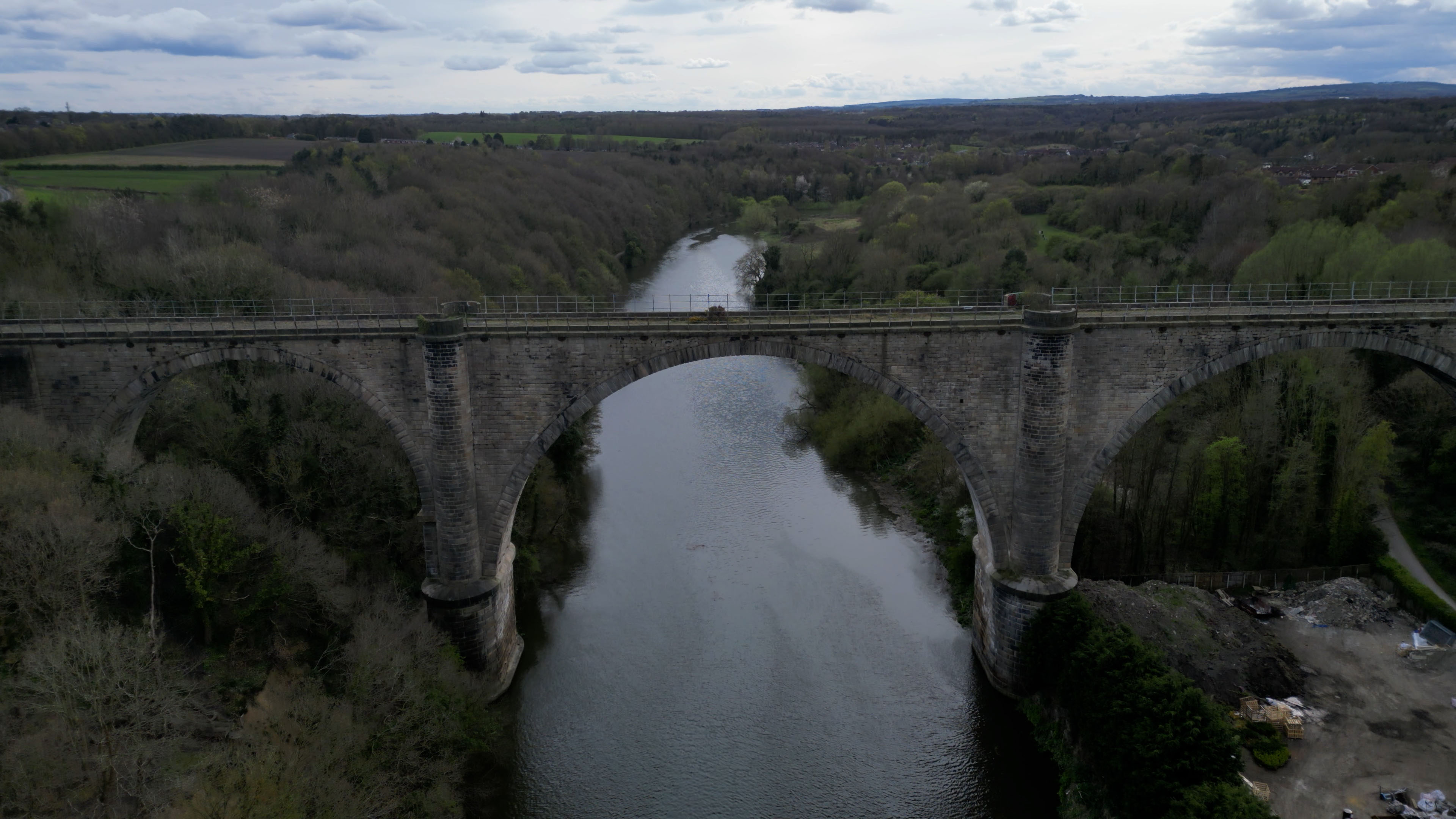
The Victoria Viaduct crosses the River Wear just south of Washington. Completed in 1838, it was a pioneering structure inspired by the Alcántara Bridge in Spain. Built for the Durham Junction Railway, it formed part of the major north-south rail corridor in the 19th century.
The viaduct measures over 800 feet in length and stands 135 feet high. Made from locally quarried stone, it includes four main arches and was considered an engineering marvel of its time. It served passenger and freight trains for well over a century.
Rail use ended in 1991, and the viaduct has since remained disused. However, the structure still stands strong and is now a listed building. There have been talks of converting the route into a walking and cycling trail, in line with sustainable transport initiatives.

